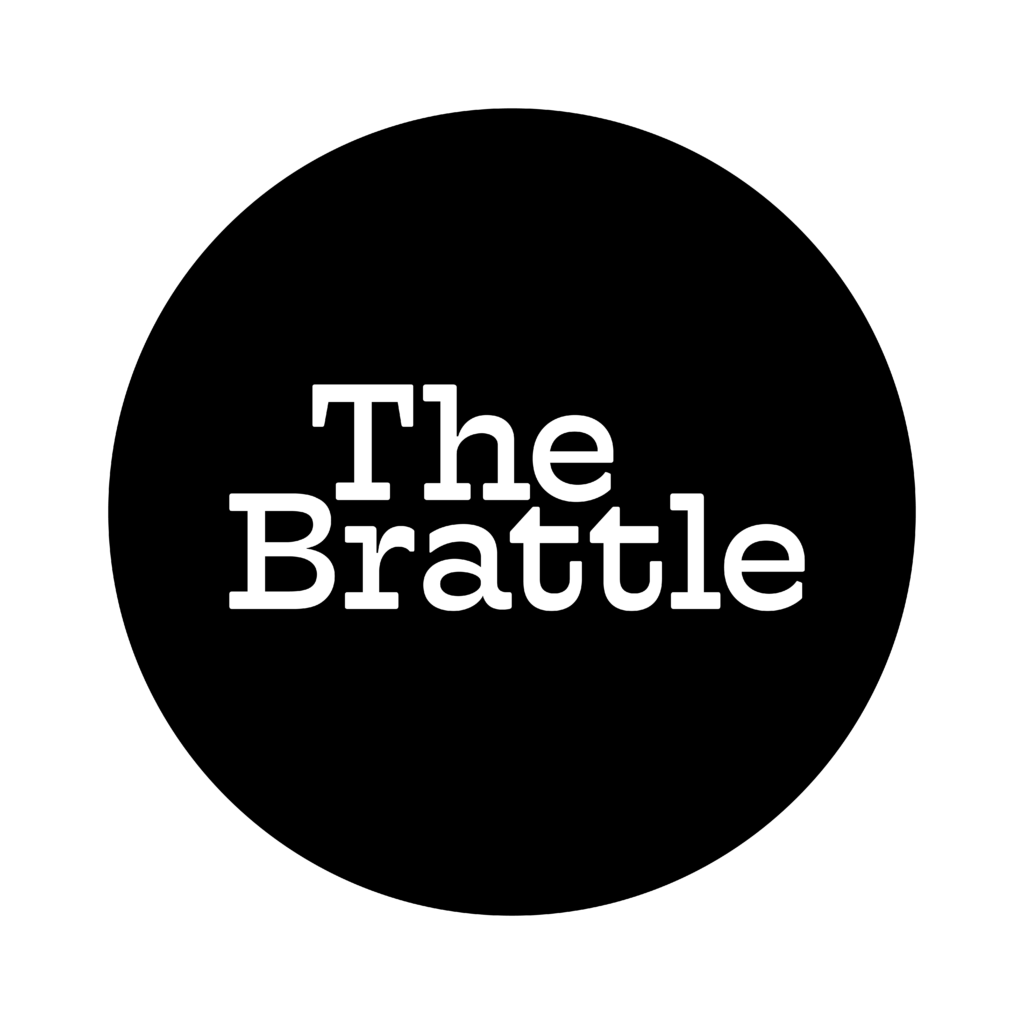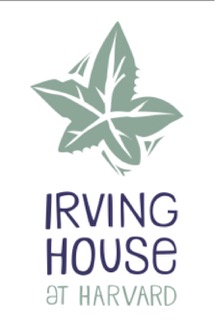Current Sponsors



Founding Sponsors


Date: Monday, November 20, 2017
Time: 7pm
Location: Brattle Theatre, Cambridge, MA
Director(s): Abigail Child
Film Details: 57 minutes, 2017, USA, color/black & white, digital projection
Film Website | Trailer | Facebook Event | Tickets
World Premiere at MoMA’s Doc Fortnight 2017.
Official Selection of the 2017 Ann Arbor Film Festival.
Filmmaker Abigail Child will attend in person for discussion with Robert Harris, Professor of Communications Media at Fitchburg State University.
About the Film:
“An hour-long collage essay, charging the discussion with her enlightened aesthetic of poetry, the archive, and experimental montage. As the Most Dangerous Woman Alive, Goldman’s life is seen as an ongoing negotiation of revolutionary purity and personal freedom, a complexity that Child mirrors in her own formal strategies. She layers multiple fragments of Emma’s liberatory legacy—from archive, from reenactment and from observational cinema—her speculative play with the revolutionary ideas extending to the present moment of feminist revolt!” Craig Baldwin, ATA
Director’s Statement:
The film is the second in my Trilogy of Women and Ideology. Each part asks: How do Ideologies fail women? What do we give up in our struggle to be more than “merely female”? The first in the trilogy, UNBOUND, retells the story of Mary Shelley, examining 19th century Romanticism through “imaginary home movies” shot in Rome. This second film explores Emma Goldman and Anarchism, shot in New York City, in a series of non-hierarchical fragmented ‘memory’ chapters. The work’s structure is influenced by films as diverse as 32 Short Films About Glenn Gould and Hollis Frampton’s Surface Tension. The third part of the Trilogy will explore Science in the 21st century, focusing on virtual women and androids.
About the Filmmaker:
Abigail Child has been at the forefront of experimental writing and media since the 1980s, having completed more than thirty film/video works & installations, and written 6 books. An acknowledged pioneer in montage, Child addresses the interplay between sound and image, to make, in the words of LA Weekly: “brilliant exciting work…a vibrant political filmmaking that’s attentive to form.”
Her films rewrite narrative, creating the cult classics PERILS, MAYHEM and COVERT ACTION (1984-87). Other productions borrow documentary to poetically envision public space including B/Side (1996) and SURF AND TURF (2011). Child’s re-constructed home movie THE FUTURE IS BEHIND YOU (2004) served as inspiration for UNBOUND: Scenes from the life of Mary Shelley shot as imaginary home movies. In recent years, Child has expanded her vertical montage to multiple-screen installation with MIRRORWORLDS and THE MILKY WAY.
Child is Emeritus Professor of Media at Tufts University, the SMFA, and lives and works in New York City.
Screens With:
 THE FUTURE IS BEHIND YOU
THE FUTURE IS BEHIND YOU
20 min | 2004 | Abigail Child | film transferred to video
THE FUTURE IS BEHIND YOU creates a fictional story composed from an anonymous family archive from 1930’s Europe, reconstructed to emphasize gender acculturation in two sisters who play, race, fight, kiss and grow up together under a shadow of oncoming history. I am looking, as always in found material, for the story below the story. Here there are at least 3 levels: 1) the home movie in which a family from 1930s Germany near the Swiss border poses for the camera, preternaturally happy. Unusually, the mother is main cinematographer; 2) the historical moment which remains as text trace, undermining the image and serving as covert motive for the action; 3) the development of gender identities—the innocent freedom of the elder transformed into socially bruised ‘bride,’ the irrepressibility of the younger moving from tomboy to awkward, diffident adult.
At once biography & fiction, history & psychology, THE FUTURE IS BEHIND YOU excavates gestures to explore the speculative seduction of narrative; it seeks a bridge between private & public histories. Music by John Zorn, arranged and played by Sylvie Courvoisier and Mark Feldman.






The DocYard is an award-winning film and discussion series at the Brattle Theatre in Cambridge, and which also sponsors special screenings and co-presentations throughout the year. Each screening is a new experience as we connect audiences directly with filmmakers exploring the documentary form through insightful post-screening discussions.